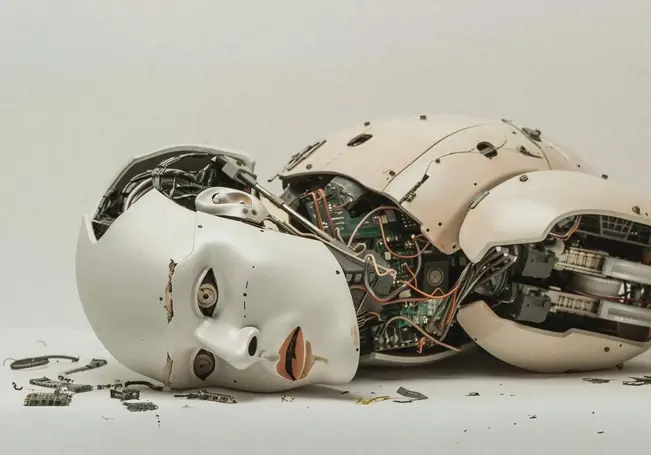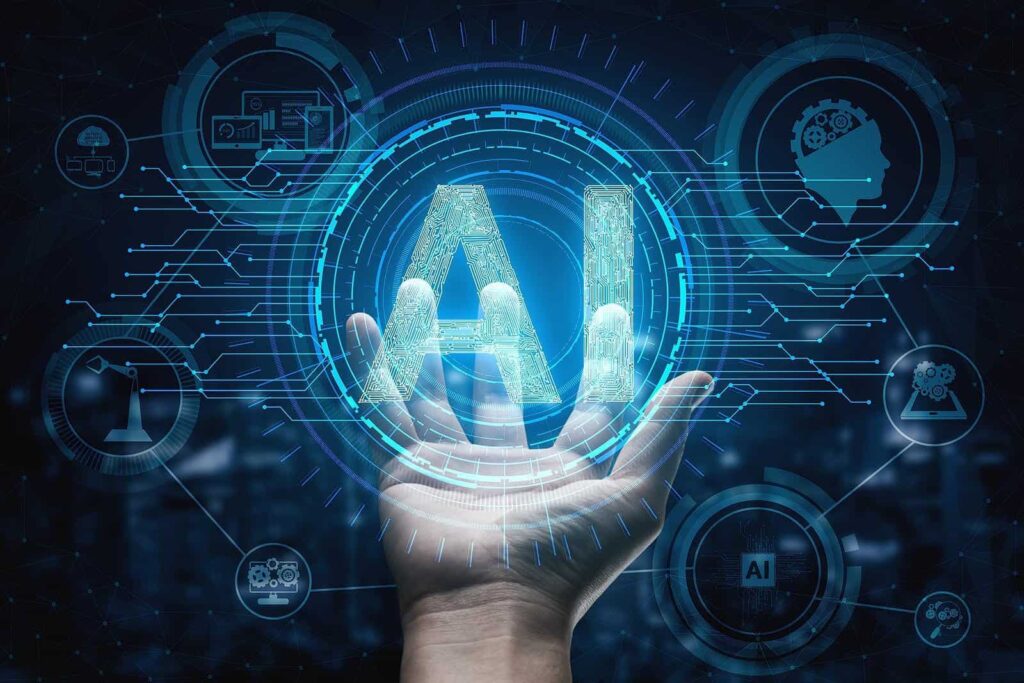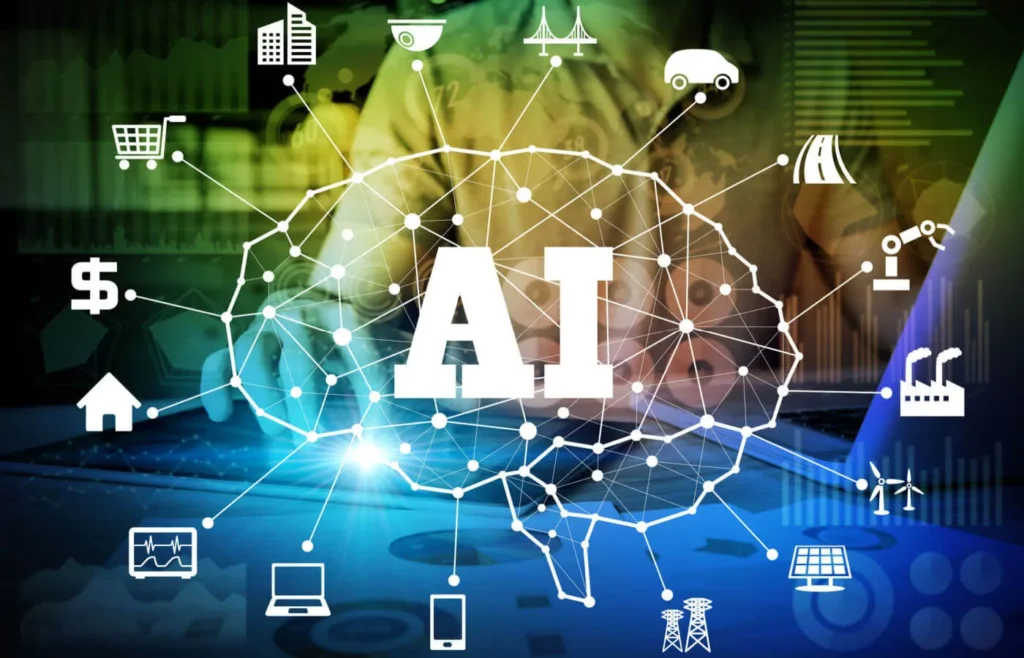
İçindekiler
AI Hype Could Plunge America Into Financial Ruin, Economist Warns

Artificial intelligence has been hailed as the ultimate disruptor, a game-changing force that promises to revolutionize nearly every aspect of our lives. From automating mundane tasks to solving complex global challenges, AI is often portrayed as the key to a future where humans can sit back and let machines handle the heavy lifting. But what if the hype surrounding AI is doing more harm than good? What if the mere anticipation of AI’s transformative potential is enough to destabilize the economy?
According to a new study by Caleb Maresca, an economist at New York University, the answer is alarming. Maresca warns that the widespread belief in AI’s imminent dominance could trigger a financial crisis, decimating wages and sending interest rates soaring. In essence, the hype around AI might be setting the stage for an economic disaster.

The AI Hype and the Prisoner’s Dilemma
Maresca’s study introduces a fascinating concept: the AI hype creates a “prisoner’s dilemma” in saving behavior. A prisoner’s dilemma is a situation in which individuals, acting in their own self-interest, ultimately make decisions that lead to a worse outcome for everyone involved. In this case, the dilemma revolves around how people and businesses respond to the perceived inevitability of AI-driven automation.
If everyone believes that AI will soon take over jobs and render human labor obsolete, individuals might start saving more in anticipation of future income loss. Businesses, on the other hand, might delay investments in human capital, assuming that AI will soon make such investments unnecessary. While these actions might seem rational on an individual level, they could collectively lead to a downward spiral for the economy.
The Domino Effect on Wages and Interest Rates
Here’s how the dominoes could fall:
- Increased Savings, Reduced Spending: As people save more and spend less, consumer demand drops. This reduction in spending can lead to slower economic growth, as businesses see fewer sales and lower revenues.
- Stagnant Wages: With businesses anticipating a future where AI handles most tasks, they may be less inclined to invest in their workforce. This could lead to wage stagnation or even declines, as human labor is devalued in the face of expected automation.
- Skyrocketing Interest Rates: As savings increase and investment in the economy decreases, the demand for loans might drop. However, if businesses and individuals simultaneously reduce their borrowing, banks could raise interest rates to compensate for the reduced activity. Higher interest rates can further stifle economic growth by making it more expensive for businesses to invest and for consumers to spend.
- A Vicious Cycle: The combination of stagnant wages, reduced spending, and higher interest rates can create a vicious cycle. As the economy slows, people might save even more, fearing further instability. This, in turn, exacerbates the very problems they’re trying to avoid.
The Danger of Overhyping AI
Maresca’s study highlights a critical issue: the hype around AI, while often well-intentioned, can have unintended consequences. The belief that AI will soon render human labor obsolete is not only premature but also potentially harmful. While AI has the potential to transform industries, its widespread adoption is still years, if not decades, away. In the meantime, the fear of AI-driven job loss could lead to economic behaviors that undermine stability.
Moreover, the study raises questions about how society should approach technological advancements. Should we embrace every new technology with open arms, or should we take a more cautious approach, considering the potential economic and social ramifications?
A Call for Balanced Optimism
The key takeaway from Maresca’s research is not that AI is inherently bad or that we should halt its development. Rather, it’s a call for balanced optimism. While AI holds immense promise, we must be mindful of how we talk about it and how those narratives influence behavior.
Policymakers, business leaders, and the media all have a role to play in shaping the conversation around AI. Instead of focusing solely on the potential for job displacement, we should also highlight the opportunities for collaboration between humans and machines. By fostering a more nuanced understanding of AI’s capabilities and limitations, we can mitigate the risks of economic instability.
Conclusion
The hype surrounding artificial intelligence is undeniable, but it comes with a warning label. As Caleb Maresca’s study shows, the mere anticipation of AI’s transformative potential could plunge the economy into turmoil, decimating wages and sending interest rates soaring. The prisoner’s dilemma in saving behavior underscores the need for a more balanced and thoughtful approach to AI discourse.
While AI has the potential to revolutionize our world, we must tread carefully. By fostering a more realistic and measured conversation about AI’s impact, we can harness its benefits without falling victim to its hype. The future of AI is bright, but only if we approach it with both optimism and caution.

